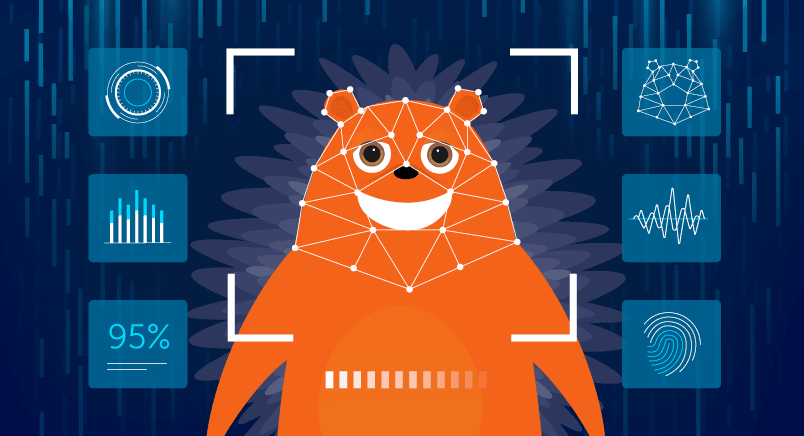“`html
Deepfakes, a term that has gained widespread recognition in recent years, highlight the advancements in AI technology enabling the creation of synthetic content on an unprecedented scale. This technology can seamlessly imitate individuals in both photographs and videos, raising concerns and sparking debates, such as the ongoing SAG/AFTRA strike, where movie studios propose capturing actors’ images for future use without requiring their physical presence on set.
While the entertainment industry explores new possibilities, the darker side of deepfakes involves their potential use in manipulating public opinions and various scams. This article delves into the realm of deepfakes, examining the challenges they pose and exploring countermeasures against their misuse.
What are deepfakes?
One memorable example involves AI-generated images of Pope Francis sporting a trendy puffer jacket, created by the Midjourney software. Although not immediately recognized as fake, these images circulated widely, illustrating the deceptive potential of deepfake technology. The term ‘deepfake’ originates from the intricate deep-learning architecture in AI programs that produce these fake videos, photos, or audio files, serving various purposes from market manipulation to political misinformation.
As demonstrated by the Pope’s example, deepfake technology can misrepresent individuals for both entertainment and malicious purposes. Recent incidents, such as a fake video of President Zelensky and manipulated images involving Donald Trump, underscore the potential hazards of identity attacks facilitated by deepfakes.
Scams using deepfakes
Real-time analysis of deepfakes has become imperative, considering their exploitation for fraudulent activities. Reports reveal instances where deepfake audio was used to scam individuals, such as a case in Newfoundland where a man allegedly deceived grandparents into transferring $200,000 by impersonating a family member.
Notably, “catfish” or romance scams, increasingly prevalent, involve cybercriminals posing as love matches, resulting in substantial financial losses. As technology evolves, scammers can use convincing deepfaked audio to communicate with victims in real-time, emphasizing the need for vigilance and awareness.
How to detect deepfakes
In a world where distinguishing AI-generated content from reality becomes challenging, recognizing the signs of deepfakes is crucial. While AI-generated images may exhibit tell-tale signs of unreality, such as deformed human hands, the evolution of generative art poses a challenge.
Intel addresses this challenge with the development of FakeCatcher, the first real-time deepfake detection platform boasting a 96% accuracy rate. Rather than identifying fake elements, FakeCatcher looks for genuine indicators, such as heart rate, detectable through photoplethysmography. This innovative approach, utilizing physiological cues, contributes to the ongoing effort to stay ahead of the deepfake trend.
As AI continues to proliferate, and more individuals become acquainted with the technology, the prevalence of deepfakes is likely to increase. It is essential for tech companies to remain proactive, developing robust detection mechanisms to curb the potential misuse of this powerful technology.
Explore more about the transformative impact of AI and other technological developments in our weekly Tech Roundup.
“`
Please replace `#your-tech-roundup-link` with the actual link you want to use for the Tech Roundup.


